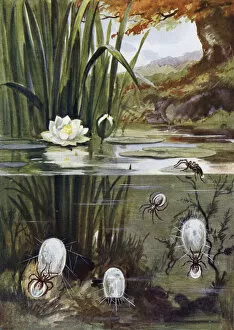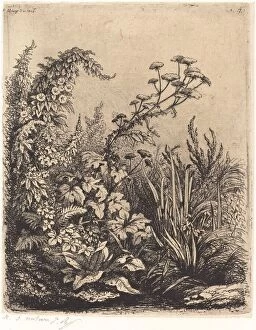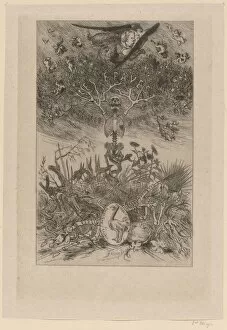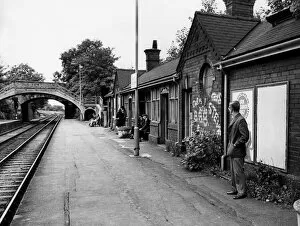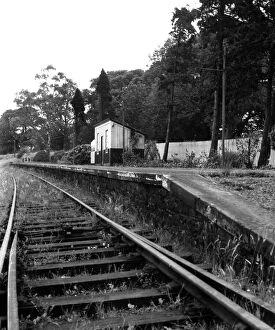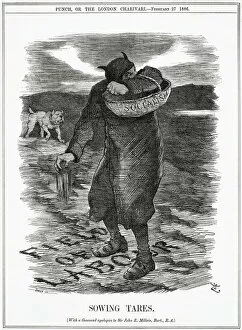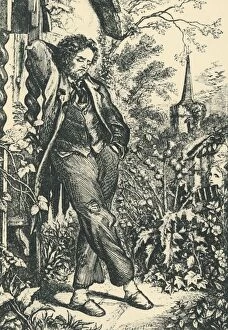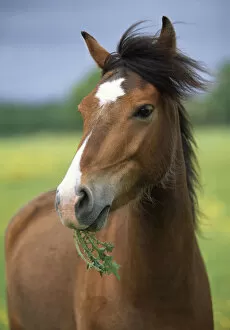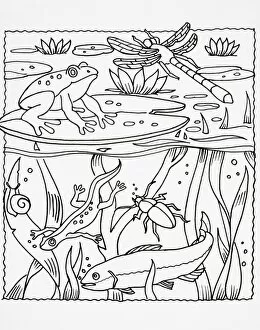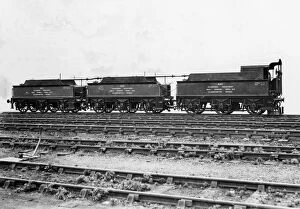Weeds Collection (page 3)
"Weeds: A Tapestry of Nature's Resilience and Beauty" In the midst of a world filled with chaos, there is solace in finding beauty even among the weeds
All Professionally Made to Order for Quick Shipping
"Weeds: A Tapestry of Nature's Resilience and Beauty" In the midst of a world filled with chaos, there is solace in finding beauty even among the weeds. Just as Jesus proclaimed himself as the Light of the World, these resilient plants emerge from forgotten corners, illuminating our surroundings with their tenacity. Back in 1938, the GWR Weedkilling Train embarked on its mission to eradicate unwanted growth. With sprays on board, it traversed through landscapes like Faringdon Oxon UK and Cardiff Docks, leaving behind trails of progress amidst nature's wild canvas. Amongst these widespread naturalized weeds was Oxford ragwort (Senecio squalidus), an unexpected visitor that found its place within our ecosystem. Its vibrant presence reminds us that even what we perceive as invasive can hold significance in this intricate tapestry we call life. Wild poppies dance gracefully across fields and woodlands, their fiery red petals contrasting against ripening barley under Dartmoor Devon's sunlit horizon. As if backlit by vivid rays, they symbolize resilience and hope amid adversity. The GWR Weedkilling Train Tenders - W85, W84, and W83 - stand as silent guardians against encroaching unwanted flora. These mechanical warriors fought battles unseen by many but played a crucial role in maintaining order within our cultivated spaces. Corn poppy (Papaver rhoeas), cornflower, corncockle, corn marigold, and corn chamomile intertwine harmoniously amidst arable lands. Their flowering forms a colorful mosaic celebrating diversity while reminding us that beauty thrives even where it may be least expected. As we contemplate these scenes painted by nature itself – from Jesus' light guiding us through darkness to weed-killing trains forging paths towards progress – let us not forget that beneath every seemingly insignificant plant lies a story waiting to be discovered.




